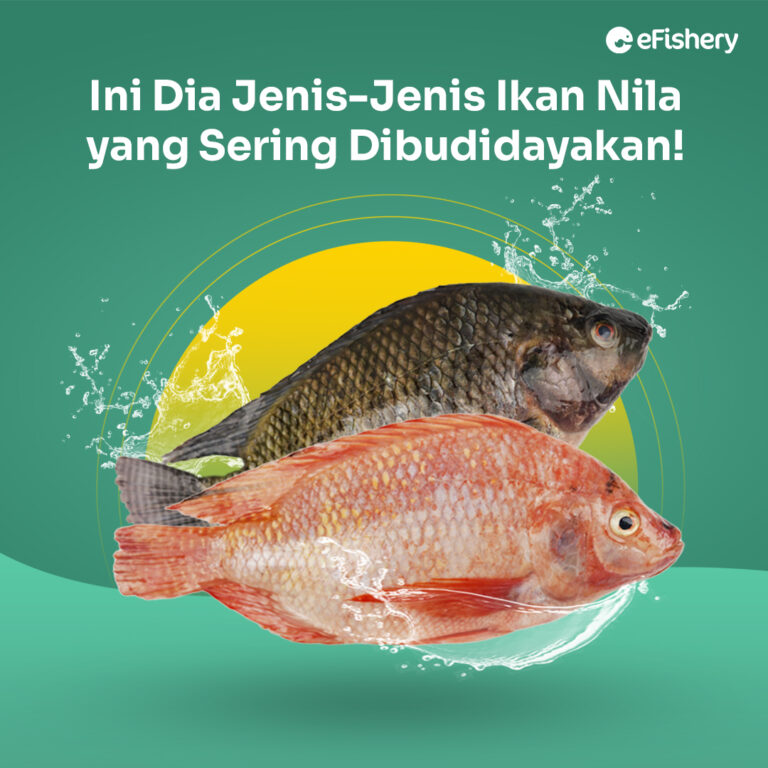As one of the Indonesian people's favorite freshwater fish, market demand for tilapia is always high. That is what lures fish cultivators in Indonesia to choose tilapia as a cultivated commodity.
The name "Tilapia" is taken from the location of origin of this fish which is known to have a tasty meat taste. Tilapia comes from the Nile River, a river on the African continent that flows from Uganda and Sudan, then empties into Egypt. Tilapia started to enter Indonesia around 1969 and went through several engineering to get the best tilapia strains.
For this reason, Indonesia does not only have one type of indigo. The types of tilapia are not only distinguished by their color (eg red tilapia and black tilapia) but also by their origins, tilapia anatomy, and their ancestral varieties.
Various Types of Tilapia
1. Local Tilapia
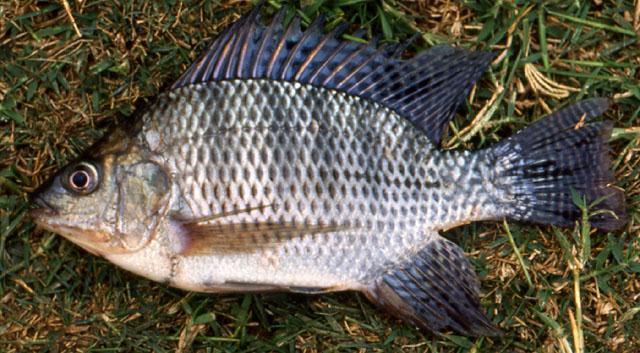
Local tilapia or black tilapia (Oreochromis niloticus Bleeker) originates from Taiwan and was developed in Lake Tondano, North Sulawesi, before finally spreading throughout Indonesia. Because of its widest distribution, many call this type a local type.
Local tilapia has a black-gray body and a light belly. This type of tilapia is a favorite of cultivators because the tilapia enlargement process is relatively fast and strong so it is easy to cultivate.
2. Tilapia GIFT
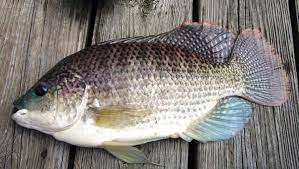
GIFT tilapia is the result of crossing 8 varieties of tilapia (Kenya, Israel, Senegal, Ghana, Singapore, Thailand, Egypt and Taiwan). GIFT is an acronym for Genetic Improvement of Farmed Tilapia, a breeding effort undertaken by the International Center for Living Aquatic Research Management (ICLARM) in the Philippines.
After being developed for several generations, the fourth generation Nila GIFT was brought to Indonesia in 1994. The growth of this gray tilapia is known to be fast; at the age of 5-6 months, GIFT tilapia can reach a weight of 600 g/head.
Judging from its anatomy, the size of the head, bones, and abdominal cavity of GIFT tilapia is smaller than other types of tilapia, so it also has more meat. Spawning intervals can be done within 3-6 weeks with egg production of 2,000-3,000 thousand eggs in one spawn.
3. BEST tilapia
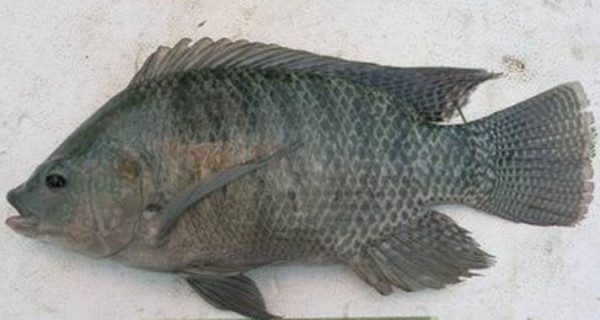
The name BEST is taken from Bogor Enhanced Tilapia Strains and is the result of a cross of 4 tilapia strains. BEST tilapia belongs to the GIFT tilapia group; therefore, BEST indigo has the same color as GIFT indigo. BEST tilapia was first produced in 2008.
This type of tilapia is considered superior to its predecessors because of the larger seed size. BEST tilapia is also more resistant to bad environments in general so it is strong against disease or epidemics.
4. Nile Tilapia Fish
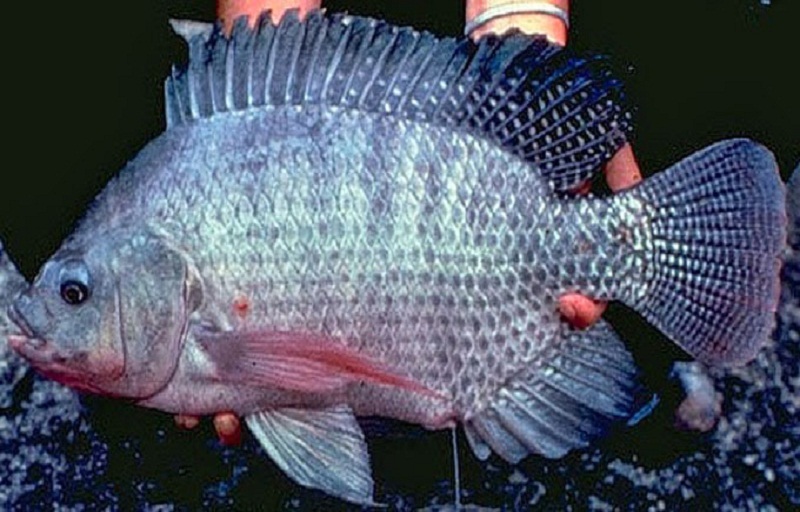
GESIT, which stands for Genetically Supermale Indonesian Tilapia, produced from the collaboration of researchers from the Agency for the Assessment and Application of Technology (BPPT), the Freshwater Aquaculture Research Institute (BBPBAT), and the Bogor Agricultural Institute (IPB). GESIT tilapia can grow up to 8 cm in size at the age of 4-5 months, with a weight of 500-600 g/head.
When spawning tilapia, this species is able to produce male larvae with a live percentage of up to 98% and grow faster than the females. That's why cultivators really like androgynous GESIT.
5. Tilapia Nirvana
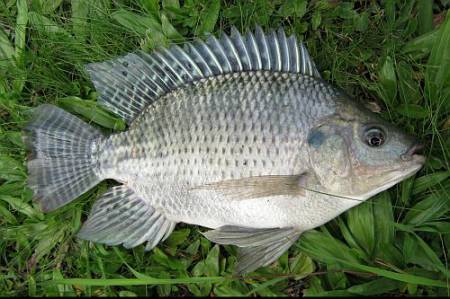
Nirwana (Ras Wanayasa tilapia) is the result of the selection of the GIFT and GESIT tilapia groups to get the best quality tilapia. Tilapia which appeared in 2006 was developed by the Wanayasa Fish Seed Development Center (BPBI), Purwakarta.
Nirwana tilapia were selected based on their body shape and growth pattern, with an advantage of body weight reaching more than 650 g/head at 6 months of age. In terms of body shape, Nirwana tilapia has a wide body and a short head, so the meat is thick and easy to process into fillets.
6. Tilapia Larasati
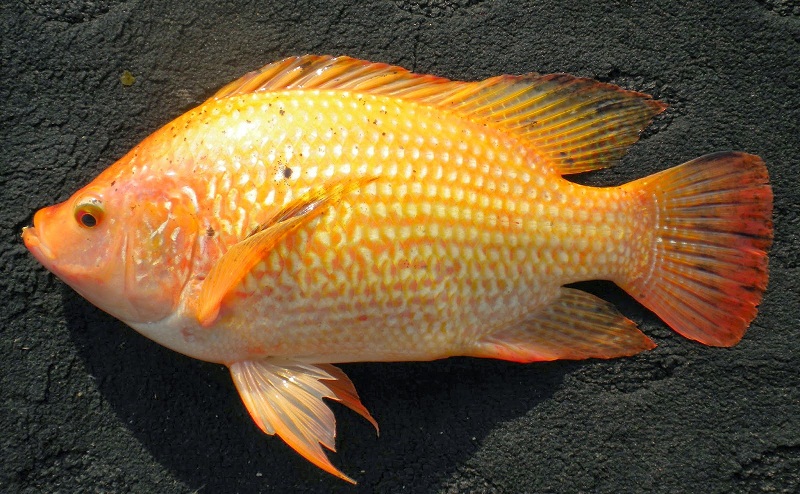
Nila Larasati is also known as Nila Janti because it was developed by BBI Janti in Klaten. In addition to its fast growth, red tilapia is also resistant to diseases, especially those caused by bacteria Streptococcus And Agalactiae. Larasati Tilapia is classified as adaptive, so it can be cultivated in various cultivation media, starting from pools of fast water, still water, KJA, or brackish water ponds.
7. JICA Tilapia
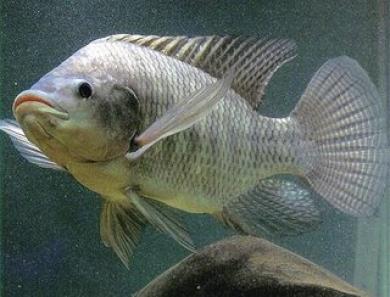
This tilapia is the result of genetic engineering in collaboration with the Jambi Freshwater Cultivation Agency (BBAT) and JICA (Japan for International Cooperation Agency), a donor agency from Japan. Compared to GIFT, the growth of JICA 20% is faster and more efficient in feeding up to 25%.
8. Tilapia Citralada & Nifi
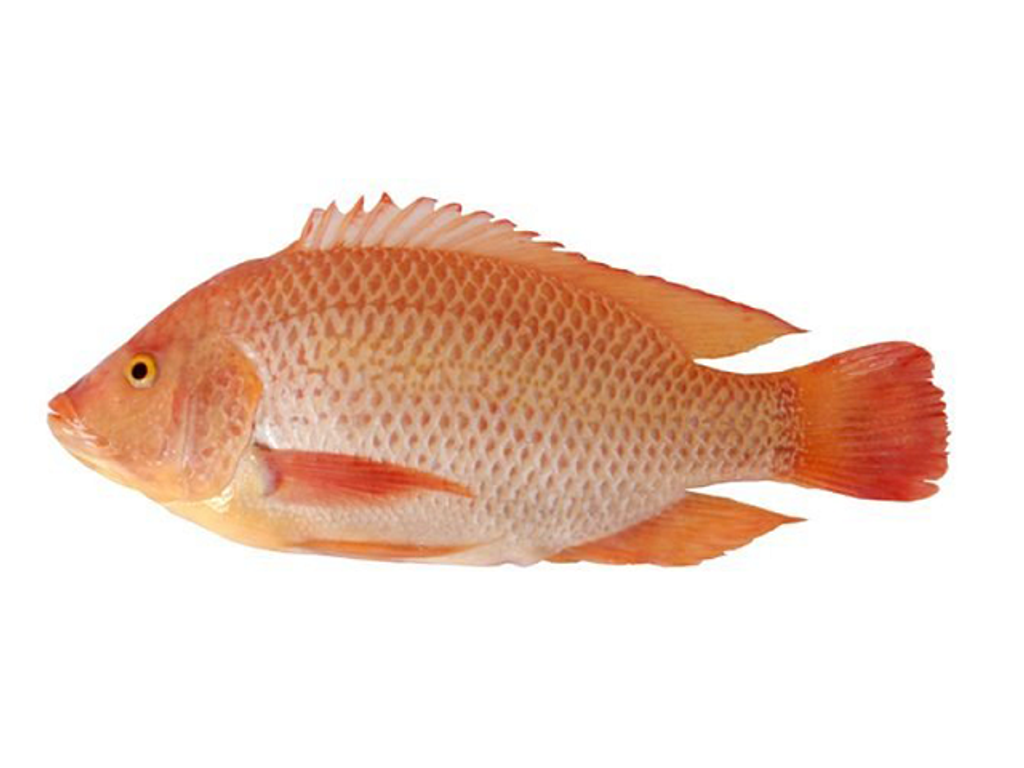
Citralada & Nifi tilapia seeds were first circulated in Indonesia in 1989 from Thailand. The difference between the two is that nifi tilapia can give birth to more male offspring. This type of tilapia has a lighter colored body and longer fins than red tilapia in general.
The Cangkringan Fish Seed Center is trying to carry out genetic breeding of these two tilapia, with the result being Cangkringan tilapia. However, this type of tilapia has not been officially disseminated to cultivators.
Apart from the 8 types of tilapia above, there are many types of tilapia that are known by cultivators, including the white, Jatimbulan, Srikandi, Sultan, Anjani, Nilasa, Pandu, and Kunti strains. Like the types above, this fish was also produced from genetic engineering, recovery, and selection by the Balai. The following is a summary of the characteristics of these types:
Tabel Jenis Ikan Nila dan Keunggulannya
| Jenis | Keunggulan |
|---|---|
| Jatimbulan |
|
| Heroine |
|
| Nirvana II |
|
| Sultan |
|
| Anjani |
|
| Nilansa |
|
| guide |
|
| Kunti |
|
With so many types of tilapia that exist, cultivators can adjust the selected tilapia seeds with the resources they have. Which tilapia commodity will you choose?
Develop Tilapia Cultivation Business with Kabayan
Tilapia aquaculture business has very attractive prospects. For those of you who have succeeded in starting a fish farming business but feel that it is not growing, eFishery have the solution!
To support the success of cultivation, eFishery presenting Kabayan. Kabayan (Kasih, Pay Later) is a service that provides access to financial institutions that are trusted, registered and supervised by the OJK, to support your fish farming business.
As is Kabayan, Bapak/Ibu bisa mendapat pakan, benih, dan sarana produksi lainnya yang bisa dibayar setelah panen. Keuntungan menggunakan Kabayan lainnya adalah proses cepat, bunga rendah, persyaratan mudah, akad perjanjian bisa secara syariah, pemesanan pakan atau saprokan melalui aplikasi, serta promo menarik lainnya. Pengajuan Kabayan it's also easy, you can register through the application eFisheryKu.
Tunggu apa lagi? Nikmati berbagai kebermanfaatan Kabayan dengan mengisi form di bawah ini!
Get Access to Financial Institutions that are Trusted, Registered & Supervised by OJK!
Fill in your personal data in the following form. Our team will immediately contact you via the number cellphone attached. Make sure the data entered is correct.
- http://www.ikannila.com/2016/09/jenis-jenis-strain-ikan-nila-unggul.html
- http://www.superperikanan.com/2017/03/Jenis-jenis-ikan-nila.html
- http://www.umpanikan.xyz/2017/02/jenis-ikan-nila.html
- http://www.infoikan.com/2017/08/jenis-jenis-ikan-nila-dan-gambarnya.html
- http://www.superperikanan.com/2017/03/Jenis-jenis-ikan-nila.html
- http://www.bibitikan.net/5-keunggulan-ikan-nila-best-bogor-enhanced-strain-tilapia/
- http://fishnilagesit-bekasi.blogspot.co.id/
- http://www.ayopreneur.com/bisnis-mikro/tips-dan-panduan-berbisnis-nila-nirwana
